U.S. Sales and Use Tax Guide: Key Differences from VAT Explained

Sales and Use taxes are typical consumption taxes in the US. Similar to value-added tax (VAT) in the European Union or Goods and Services Tax (GST) in Australia or India, some crucial differences set them apart. Understanding these differences is vital to navigating the US tax system.
This article will explain some of the fundamentals of sales and use taxes, when they apply, the US federal and state regulatory frameworks, and how that impacts businesses selling goods or providing services to US consumers.
US Sales and Use Tax Basics
Everyone involved in the sales of goods or the provision of service, especially those digitally or electronically supplied, should know the basics of sales and use tax to understand how they affect their businesses.
US Sales Tax Basics
The first thing to know about sales tax is that, in contrast to VAT, which is charged at each stage of the consumption chain, it is charged only to the end customer. This means the financial burden is imposed on the end customers, but the seller or provider collects and remits sales tax.
There is no sales tax on the federal level, meaning across the US, but every state or local government has the right to impose sales tax.
While all sales of tangible personal property are usually subject to sales tax, only some strictly specified services are. The sale of intangibles, such as securities, intellectual property, and real estate, is generally not taxable.
US Use Tax Basics
The primary function of the use tax is to complement the sales tax; more precisely, it is applicable when sales tax is not collected by vendors or paid by buyers. In other words, the use tax is imposed on the use, storage, or consumption of goods and services for which the sales tax is not charged, collected, or paid.
The use tax was introduced to discourage buyers from buying tangible personal property or services from vendors in another US state, the so-called out-of-state vendors. Out-of-state vendors did not have to collect sales tax because they needed a physical nexus in the state where the buyer resides.
The use tax rate is usually the same as the state or local sales tax rate and is imposed when the consumer buys in-scope products or services from a vendor located in another state or taxing jurisdiction. In that case, the buyer is responsible for reporting and paying the use tax instead of the vendor collecting and remitting the sales tax.
Sales and Use Tax US Regulatory Framework
Currently, 45 out of 50 US states, plus the District of Columbia and Puerto Rico, have sales and use tax rules in place. In other words, only a few US states, such as Alaska, Montana, New Hampshire, and Oregon, do not have these rules at the state level. However, some local governments imposed local sales tax rules and regulations in Alaska.
Sales and Use Tax Rates in the US
Sales and use tax rates vary from state to state. Furthermore, the final sales or use tax collected or paid depends on whether a county, city, or district has a sales and use tax.
For example, in the State of New York, the applicable sales or use tax rate is a combination of the 4% state rate plus any local tax rate imposed by the city, county, or school district. The City of New York has a local sales and use tax of 4.5%, meaning that the total sales or use tax rate is 8.5%. However, if the sale is made in the Metropolitan Commuter Transportation District, an additional sales tax rate of 0.375% also applies.
To understand how complex the sales and use tax regulatory framework is, there are over 13,000 US sales and use tax jurisdictions.
So the question is when and where the sales and use tax are due.
Concept of Nexus
The concept of nexus is crucial in determining who and when is responsible for collecting, remitting, or paying sales and use tax. Generally, nexus refers to the connection between businesses and a specific US state's taxation jurisdiction.
Physical Nexus in the US
Until 2018 and the Wayfair ruling, the physical nexus mainly determined sales and use tax liability. For example, determining which sales tax rate applies is easy if the sale occurred in a brick-and-mortar store. Logically, the store's location's state, county, city, or district rules apply.
However, the physical nexus needed to be more efficient with the expansion of e-commerce online sales of goods and an increase in digital goods and services. This led to the Wayfair decision and the introduction of the subconcept of economic nexus.
Economic Nexus in the US
Unlike the physical nexus, which requires businesses to have offices, register businesses, or business activity in the state to be liable for collecting and remitting sales tax, the economic nexus applies even if enterprises are not physically located or present in that state.
Every US state established rules, regulations, and sales tax registration thresholds. Thresholds are usually defined as the total amount of sales, turnover, and the number of sales transactions. Nevertheless, the trend among US states is to eliminate the number of transactions from the threshold, leaving only the turnover relevant.
These thresholds vary from USD 100,000 in Illinois to USD 500,000 in California. States with some transactions as part of the threshold usually set it at 100 or 200 transactions per year or four quarters.
Once the threshold is exceeded, the remote sellers and marketplaces facilitating the taxable sales must register in that state for sales tax, meaning that they are liable for charging, collecting, and remitting sales tax.
So, what does this mean to businesses selling to US consumers?
US Sales and Use Tax Rules - Tennessee Example
To better understand the US's complex sales and use tax world, let's examine an example of out-of-state vendors selling goods or services to consumers in Tennessee. If vendors from another US state or abroad have a customer in Tennessee, they are subject to economic nexus rules.
Once vendors determine the existence of an economic nexus, they must decide what is taxable in Tennessee. Transactions subject to Tennessee sales tax are in-state retail sales of products listed as taxable.
On the other hand, use tax applies to all out-of-state retail sales of goods delivered to Tennessee consumers and the importation of taxable goods for use, consumption, and storage. Tennessee use tax applies when contractors use tangible personal property in a contract where no sales and use tax was paid on the retail purchase.
If the vendor makes taxable sales to customers of more than USD 100,000, the threshold in Tennessee, it must register and collect sales tax. All sales, including exempt retail sales, are calculated for the threshold. However, sales for resale are excluded.
How do you calculate sales tax once the threshold is exceeded?
Once the out-of-state vendor exceeds the threshold and registers for Tennessee's sales and use tax, it must apply a state 7% sales and use rate on all taxable sales. Additionally, local sales and use tax applies; for example, a local 2.75% rate must also be applied when selling to consumers in Franklin.
How do you report sales and use tax?
Generally, monthly sales and use tax returns are submitted. Remote sellers with only economic nexus can complete this through the Streamlined Simplified Electronic Return. However, this is not available for businesses with physical nexus in Tennessee, who submit returns via the Tennessee Taxpayer Access Point (TNTAP).
Conclusion
Several facts should always be kept in mind. First, every US state has its own rules and regulations regarding the sales and use tax. Second, city or even district taxes may apply apart from state taxes. Businesses must determine in which US states they have established a nexus. Finally, knowing what a taxable transaction is from the sales and use tax perspective is critical.
Source: KPMG, New York State - Department of Taxation and Finance, VATabout, Tennessee Department of Revenue - Sales and Use Tax, Streamlined Sales Tax, Tennessee Department of Revenue - File a return, Sales Tax Institute - Rates

Featured Insights

Angola’s E-Invoicing Mandate: Phased Implementation Continues Into 2026
🕝 December 10, 2025
VAT Deduction and Business Succession: When Do Advisory Costs Serve the Company’s Interest?
🕝 December 8, 2025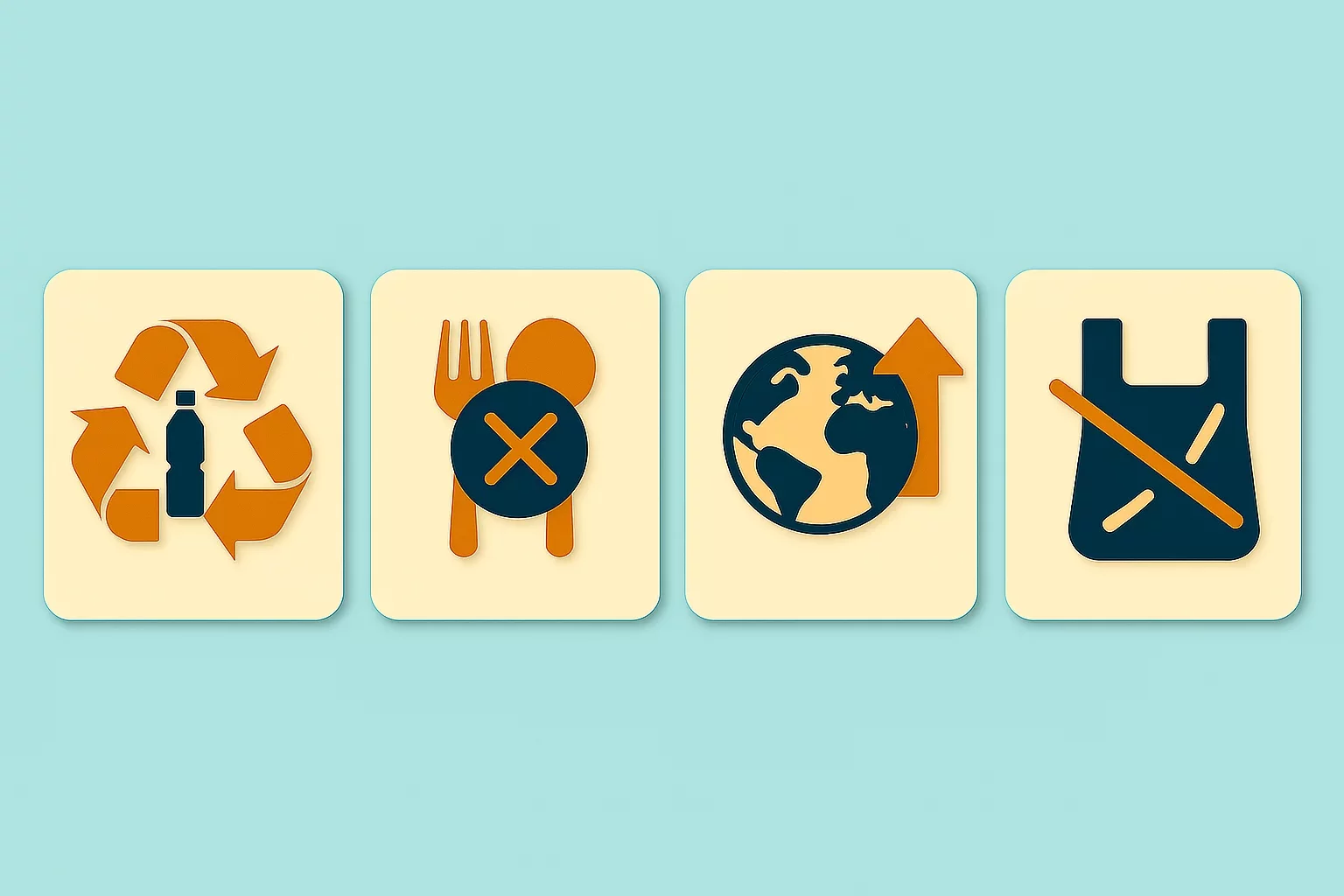
Europe’s Plastic Fiscal Shift: Why Italy’s Plastic Tax Now Starts in 2027
🕝 December 3, 2025
The Decline of Low-Value Import Exemptions: Closing Gaps in Cross-Border E-Commerce
🕝 November 20, 2025More News from Americas
Get real-time updates and developments from around the world, keeping you informed and prepared.
-e9lcpxl5nq.webp)

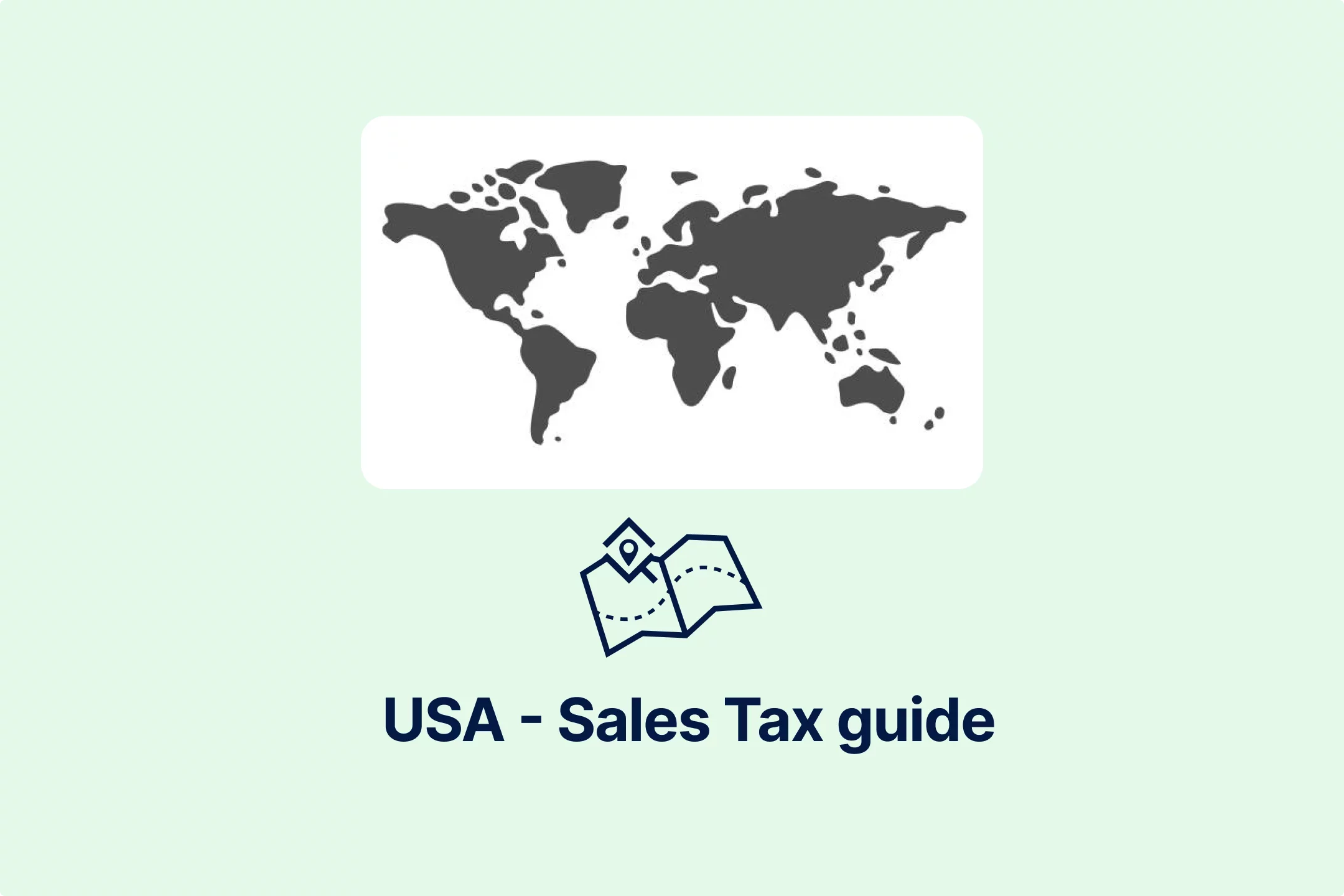


-o0xyg5unvs.webp)




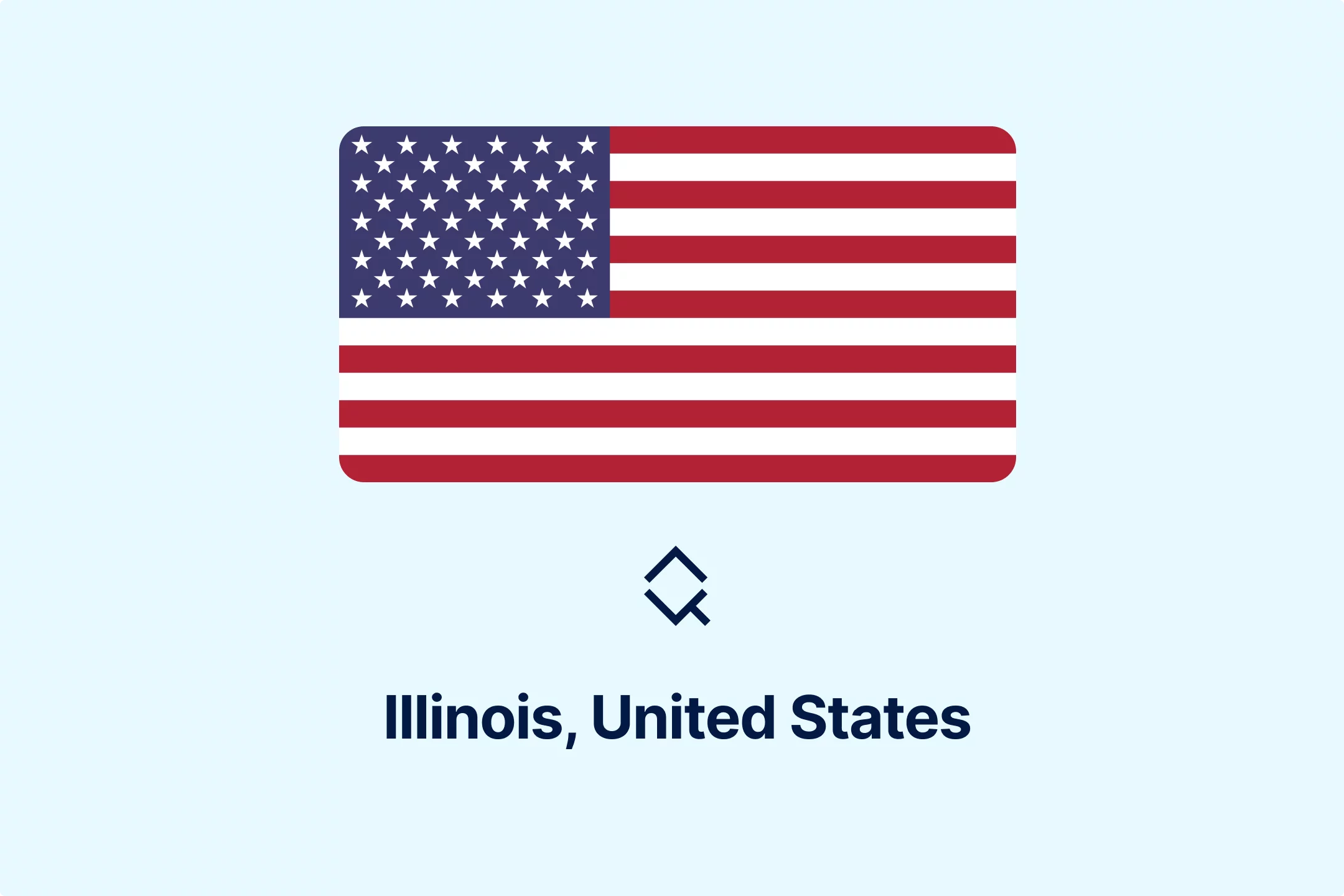


-sebuexzucq.webp)
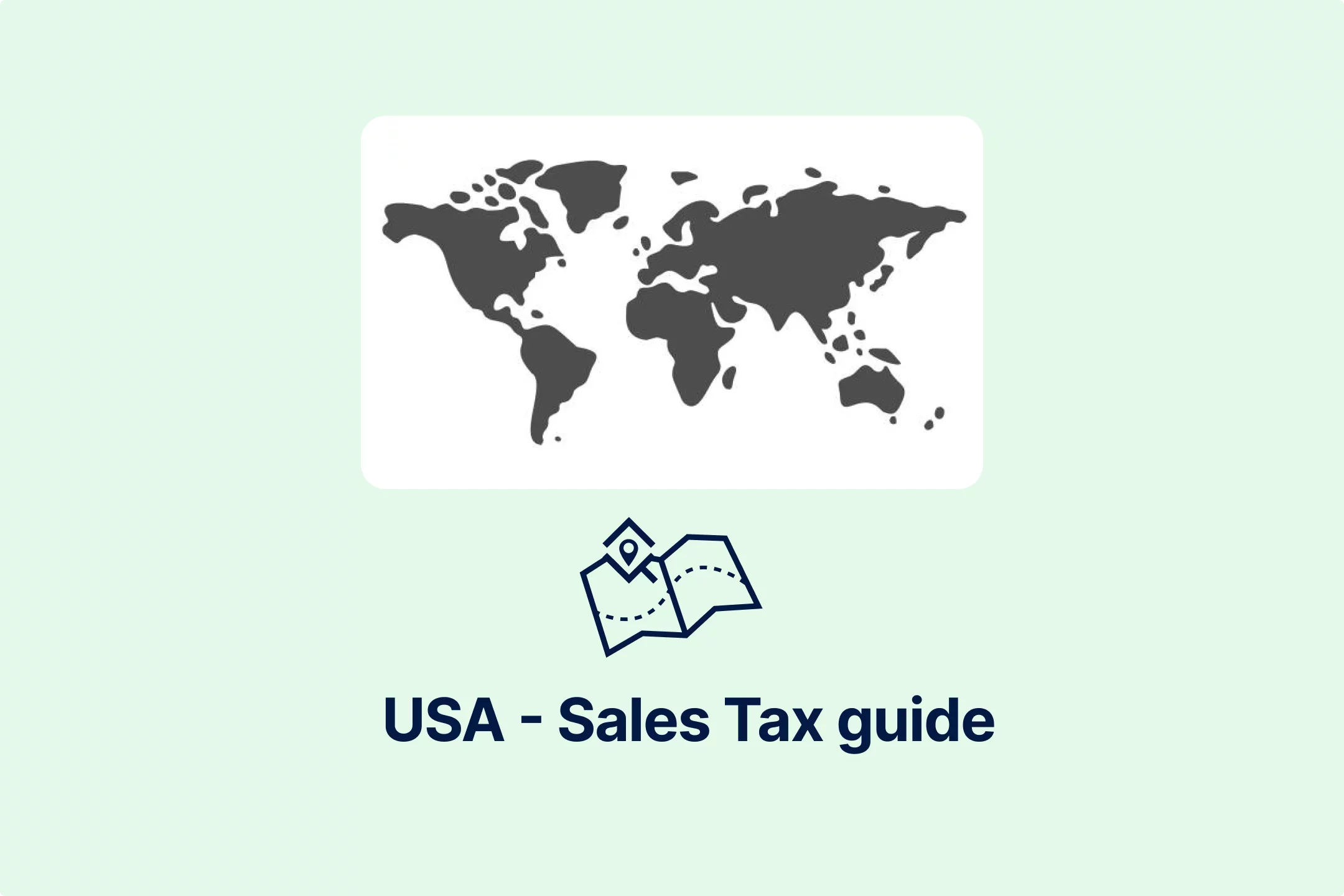

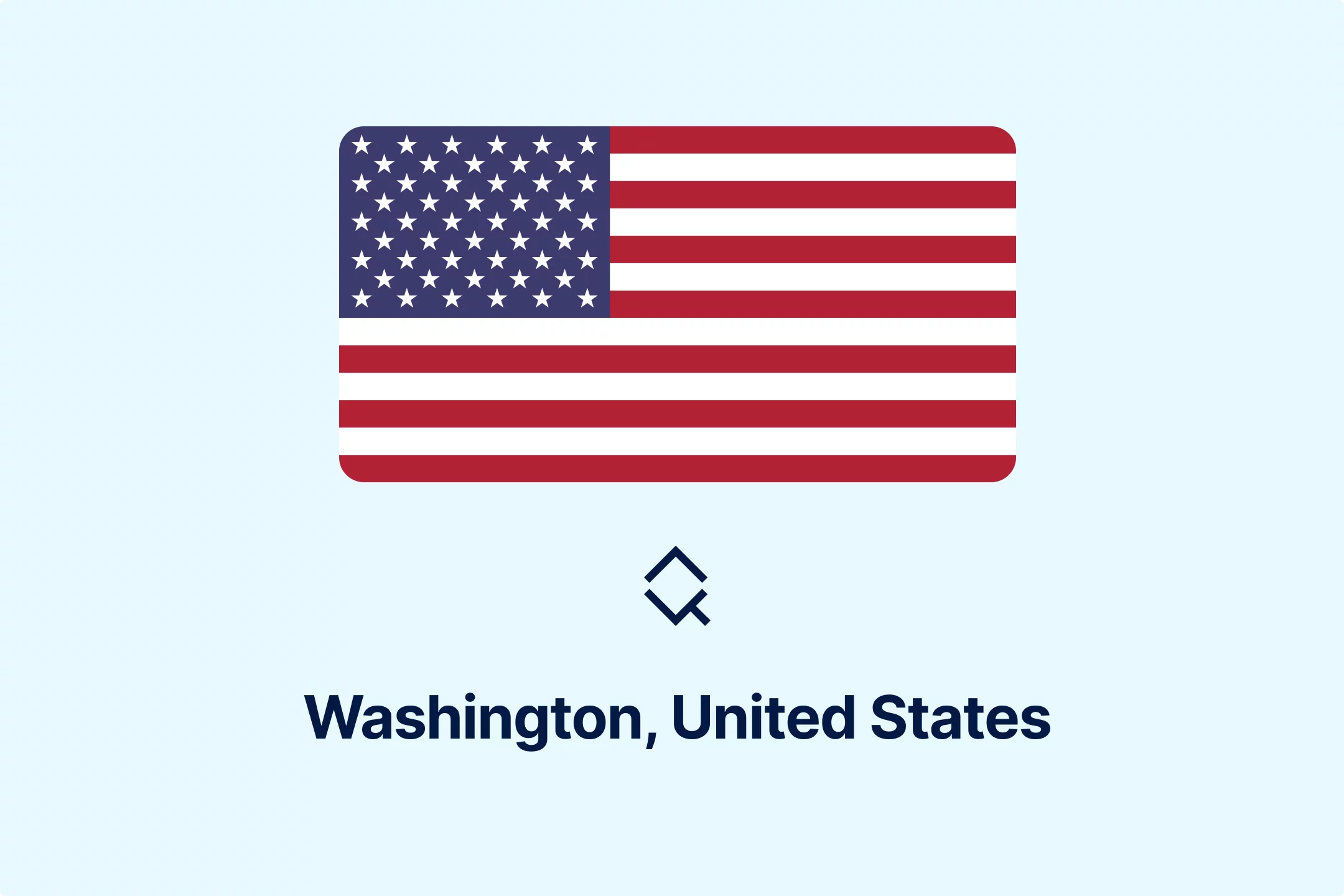
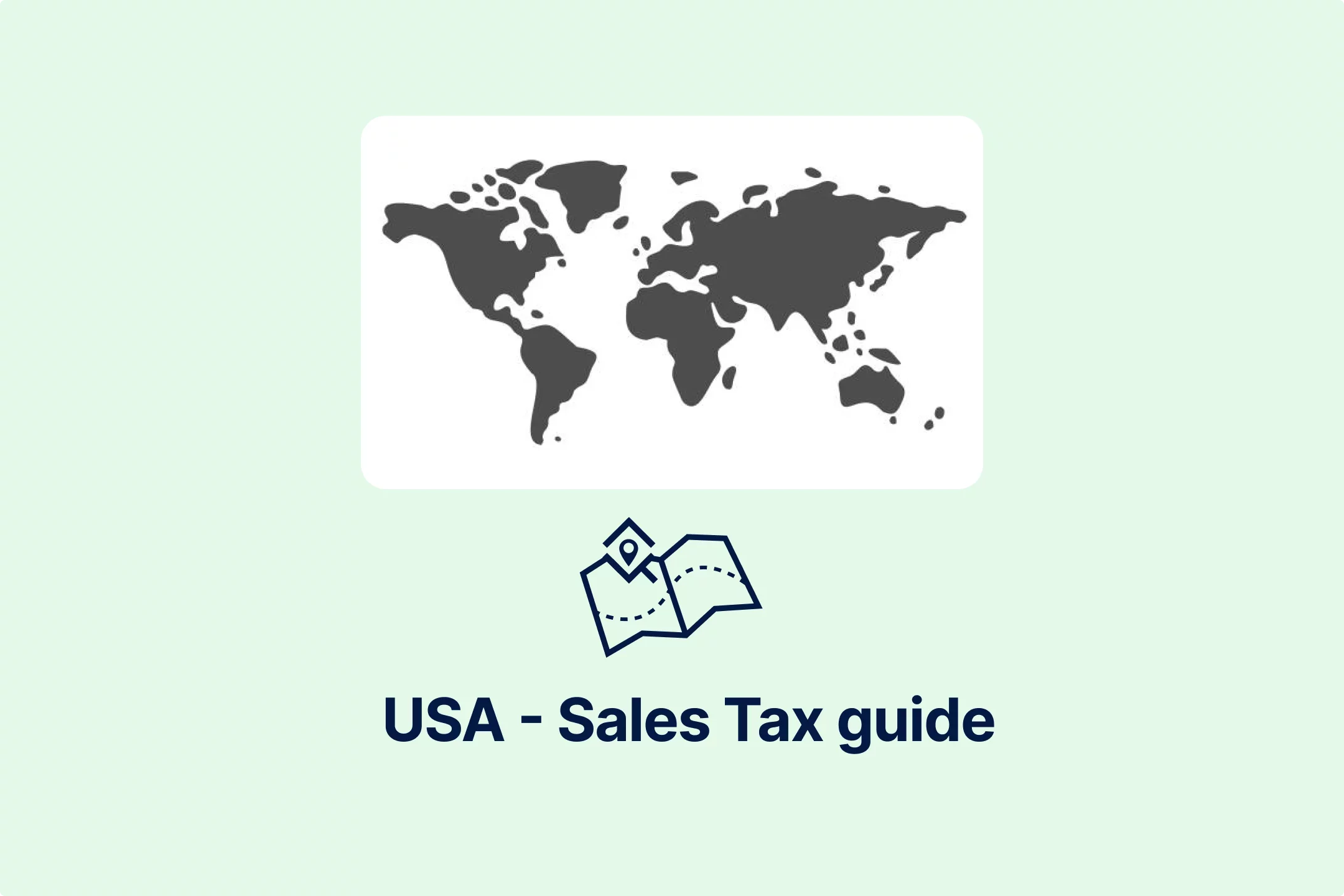


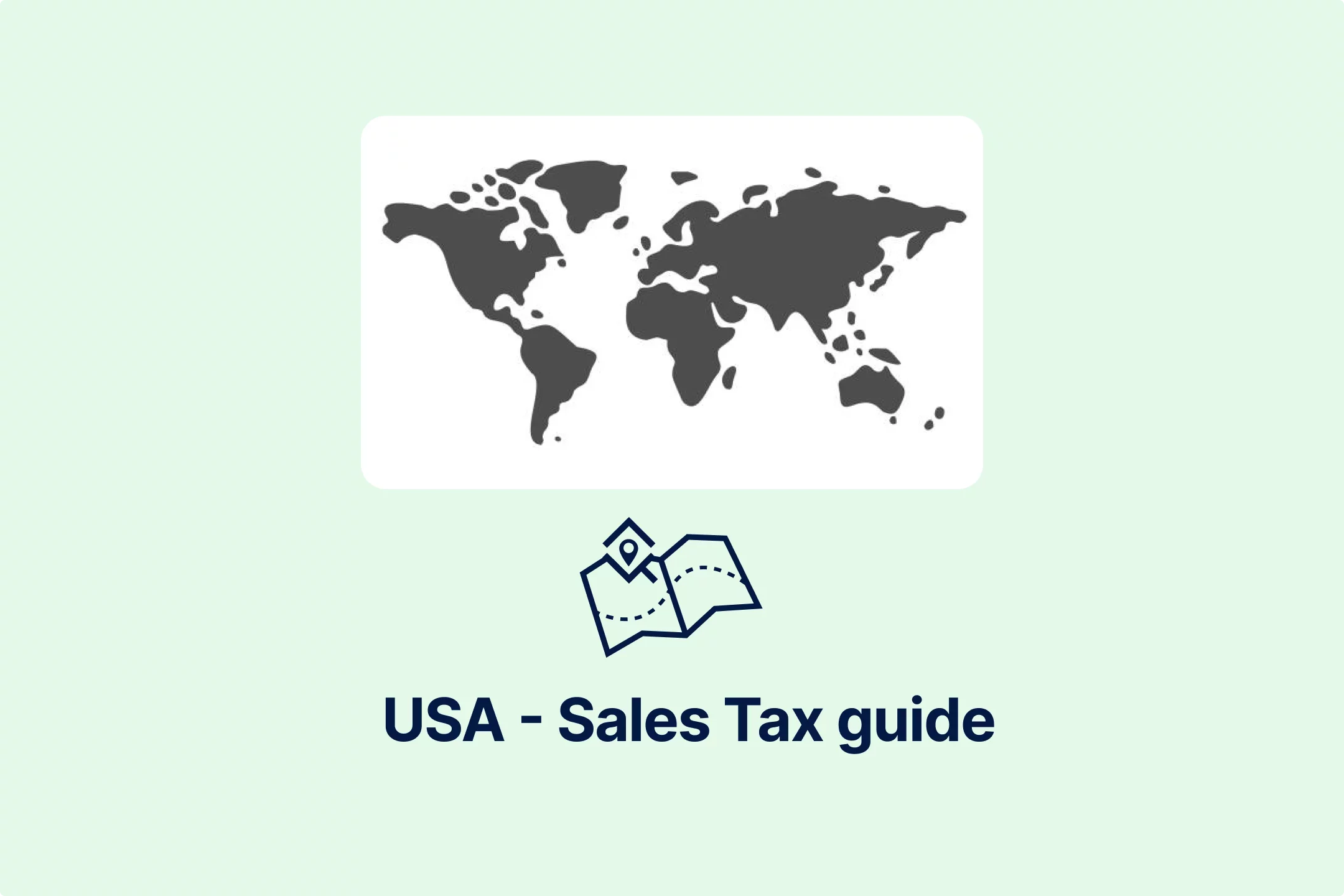
-sug7vykj81.webp)
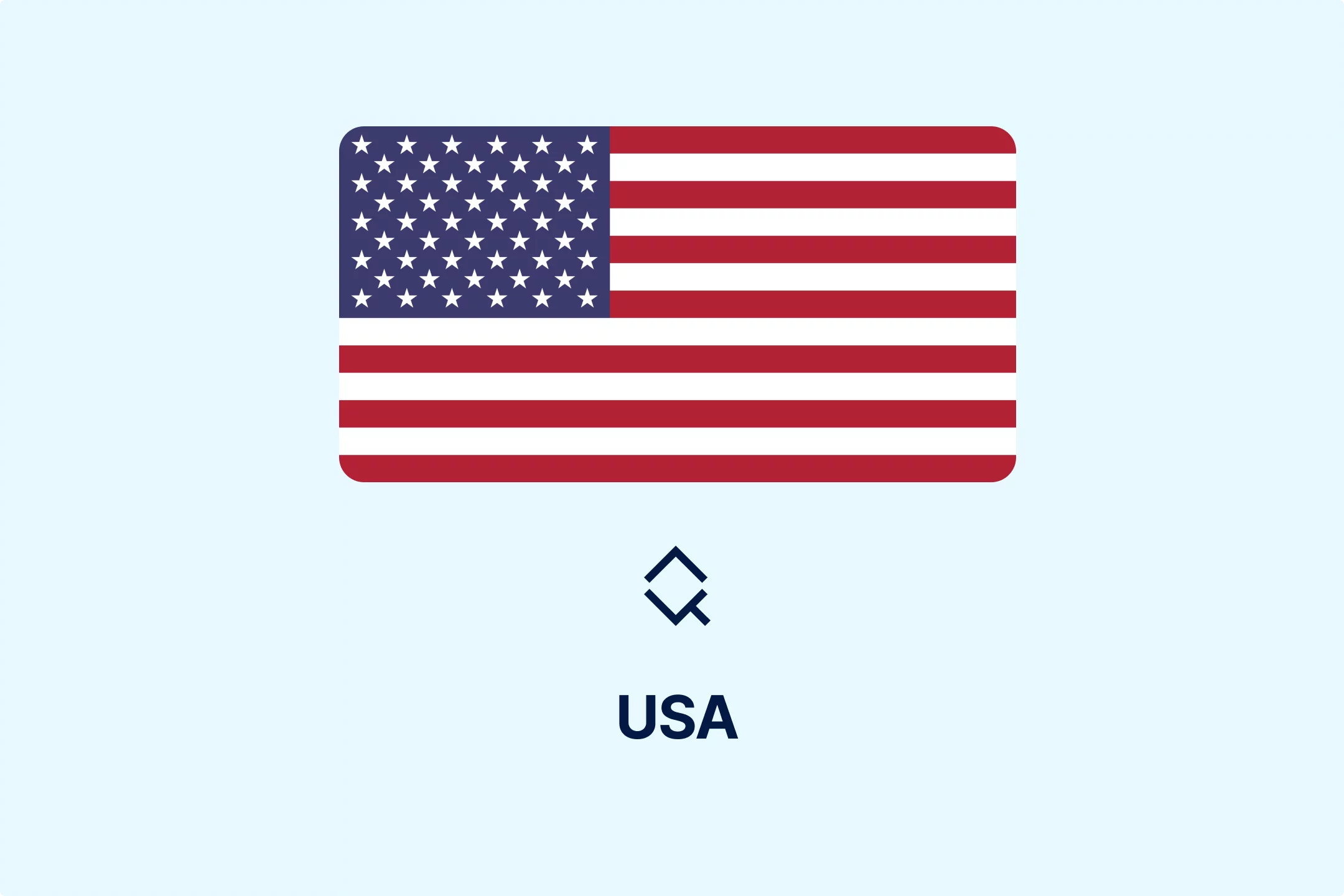







-gsvc6ack9u.webp)
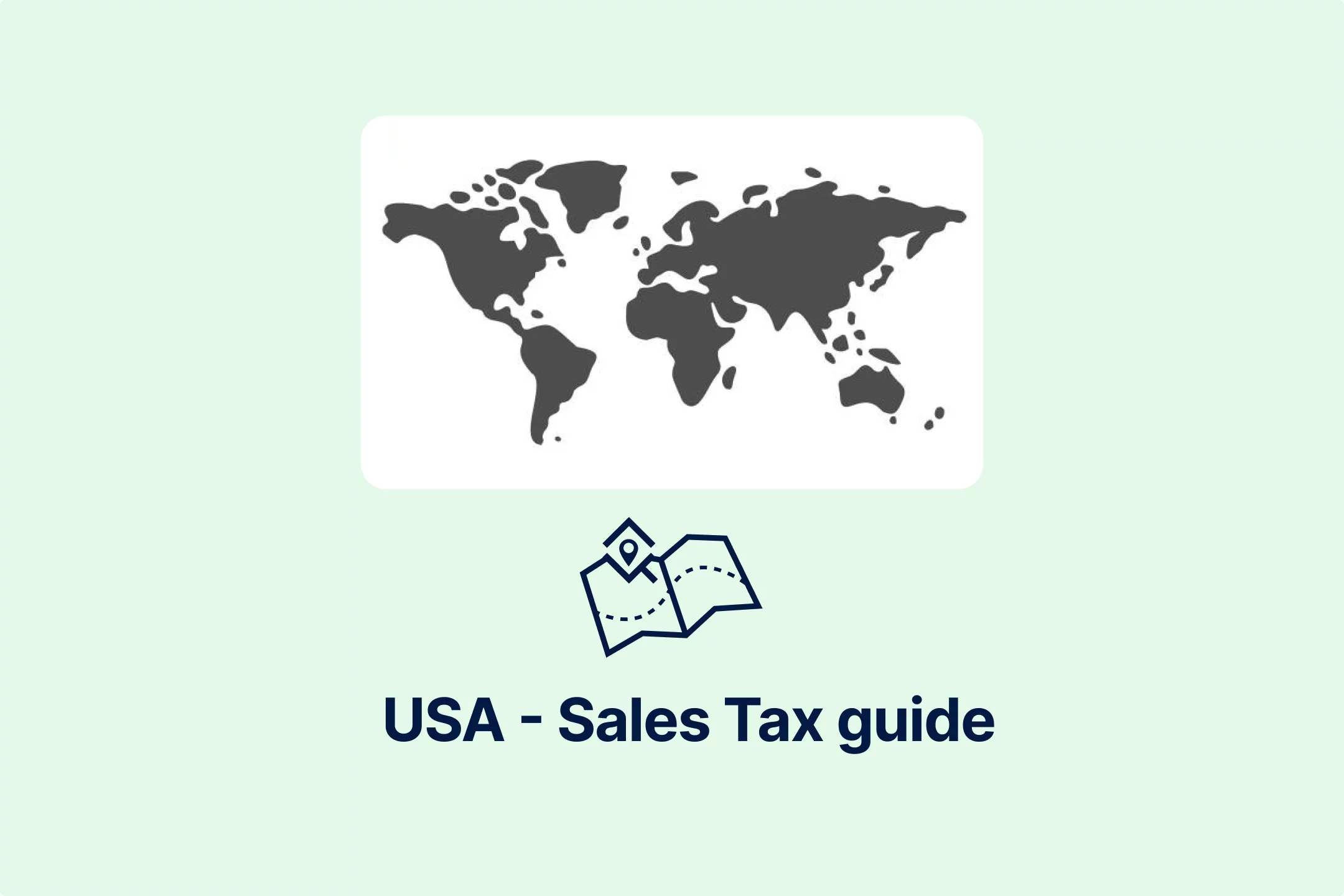






-xsarn0aogt.webp)

-hcel6azmgf.webp)
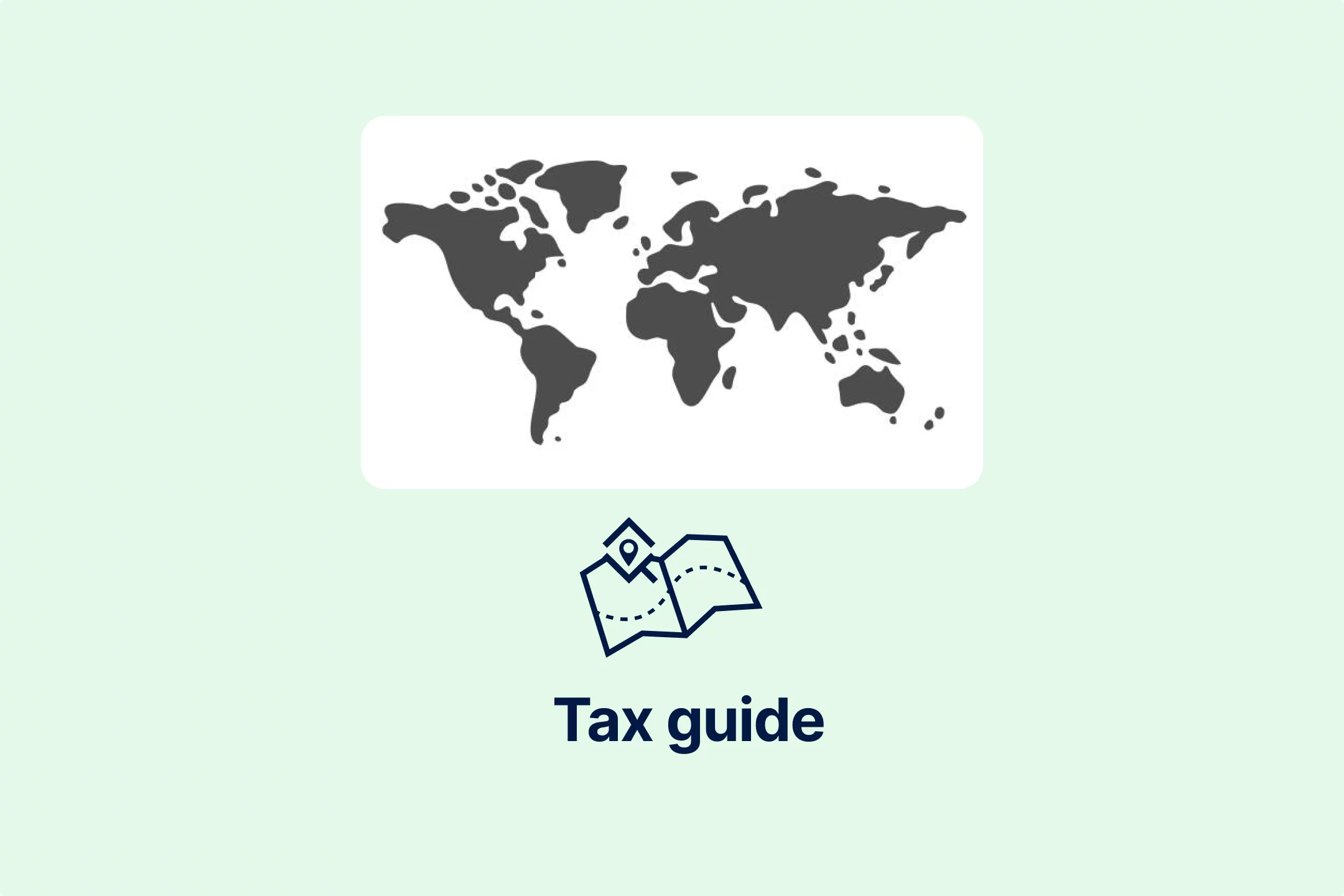


-p6e3ovhdh3.webp)


-fbovkq9h8b.webp)
-pofe7ucwz3.webp)


-d3qhimei1d.webp)






-nilkffjhah.webp)



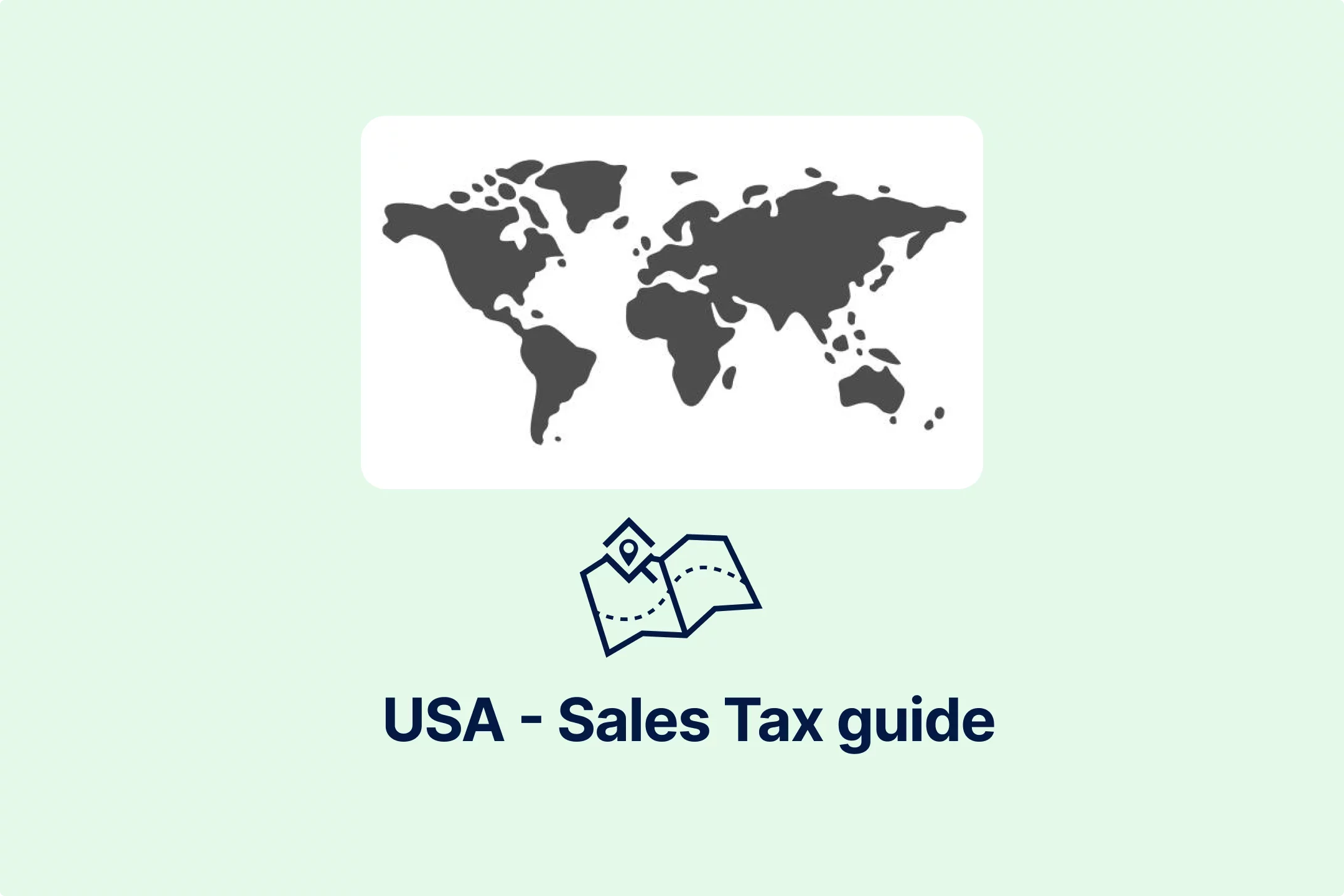
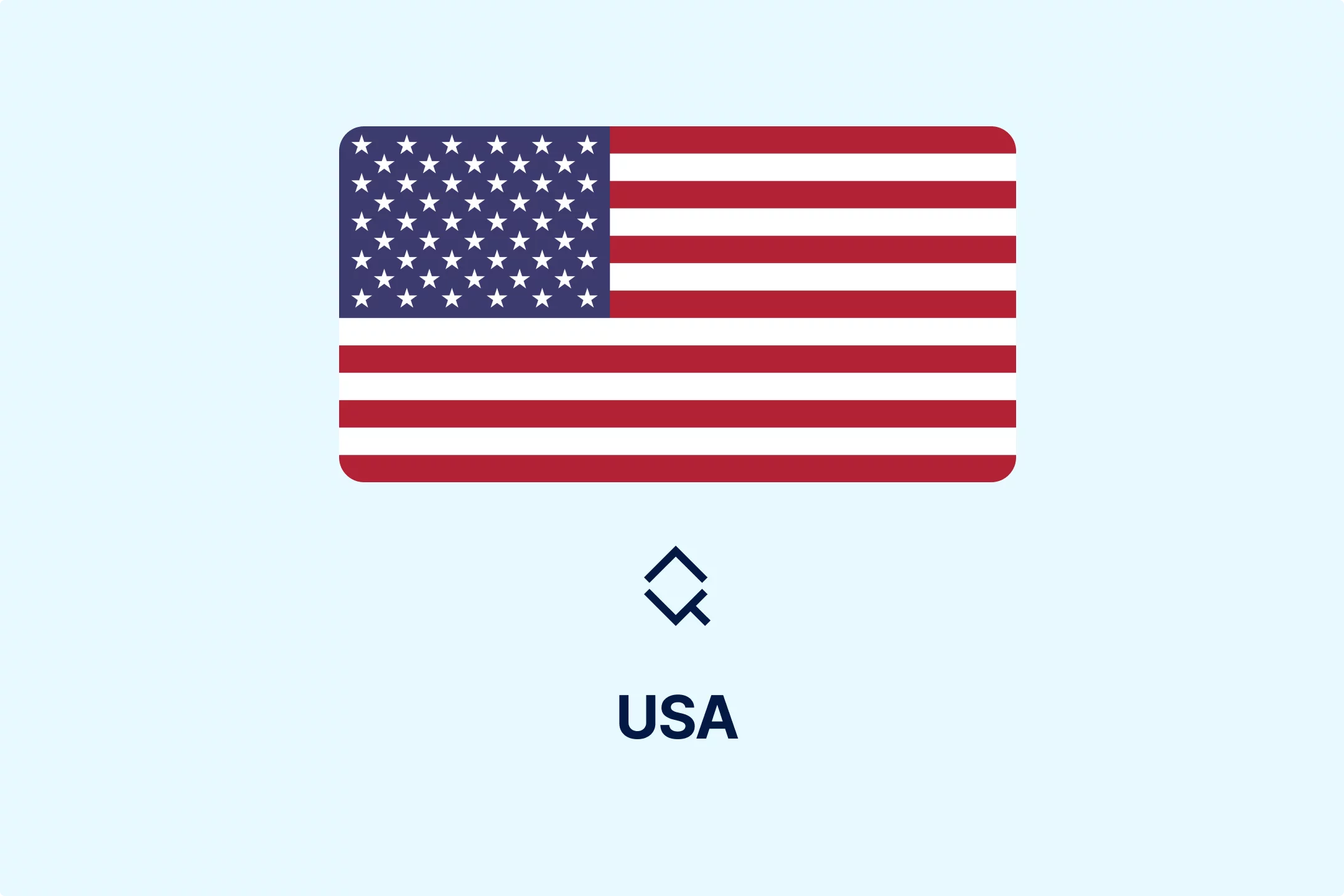








-xbhr0m4jsb.webp)


-ae6fi6cjox.webp)
















-b0fpsws1w1.webp)






















-x78wuofpzj.webp)



















-b44f1vjl1i.webp)




-priw8nq5xc.webp)
-8bkw2pujxu.webp)


.png)

.png)




.png)














































